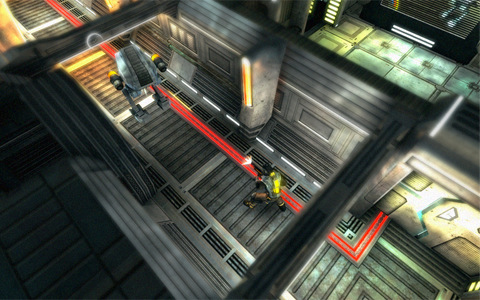


With the modelling package of your choice you can create the bulk of your scene with tones of flexibility. I have also found it particularly useful to group objects using named empty objects this avoids having to scroll through a very long list of objects in Unity! When taking this route I would strongly recommend creating an appropriate scene hierarchy (when supported) because this will make things a lot easier when working in Unity. Whilst levels created using this approach will generally require more memory at runtime, this can lead to improved rendering performance. The only major problem that I found with this approach was with regards to changing and re-exporting the level. I found that on several occasions components (and component properties) that were assigned to sub-objects with the Unity editor get lost. This may have been something that I was doing wrong though. Instead of creating and mapping the whole scene in a modelling package, create a selection of parts that can be reused. Compose your scene using the Unity editor by making the most of prefabs. This will often use less memory than the previous approach, however the dynamic batching of objects may be more intensive.


 0 kommentar(er)
0 kommentar(er)
